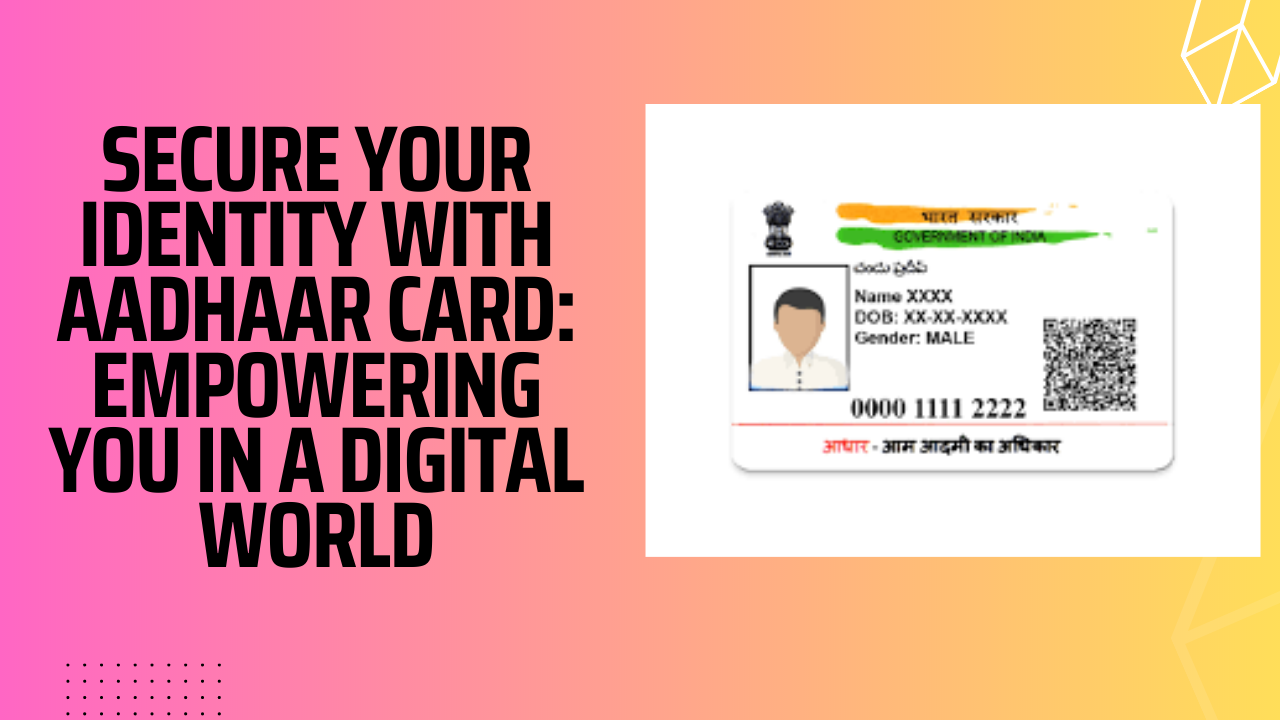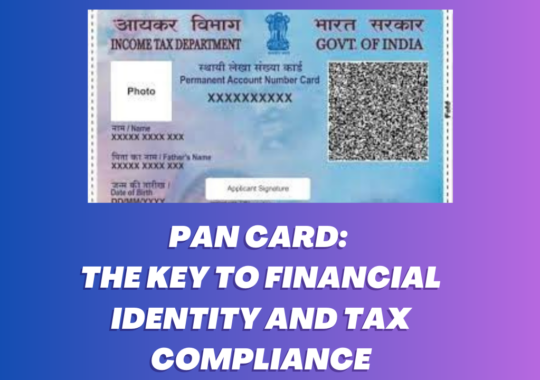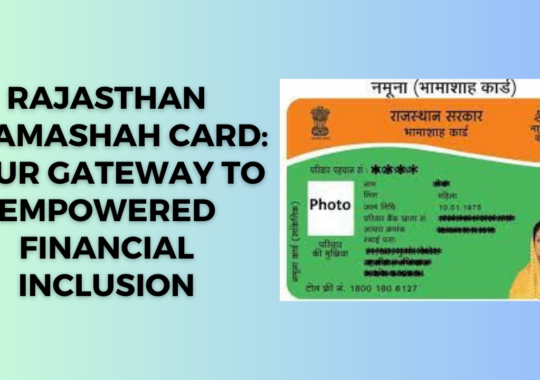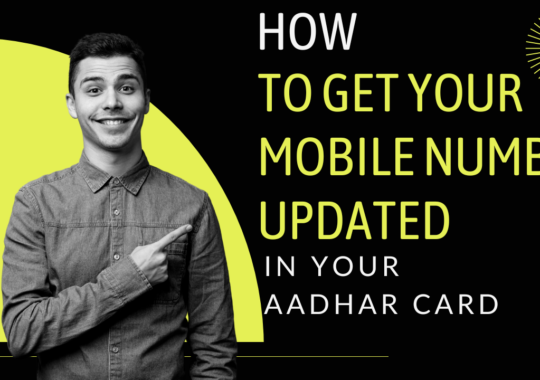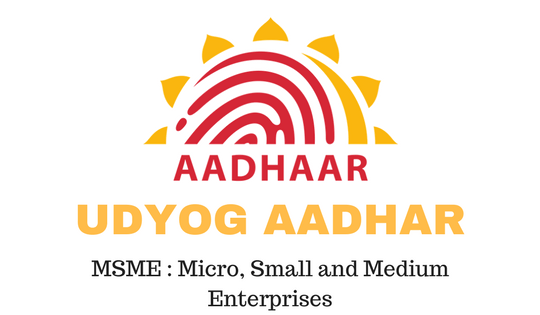The Aadhaar Card is a 12-digit unique identification number issued by the Unique Identification Authority of India (UIDAI). It is linked with various biometric data, including iris scans, fingerprints, and photographs.
The Aadhaar Card serves as a valid proof of identity and address for individuals. It is mandatory to link Aadhaar with PAN (Permanent Account Number) to file Income Tax Returns.
The eligibility criteria for obtaining an Aadhaar card :
1. All Indian citizens are eligible to apply for an Aadhaar card.
2. NRIs (Non-Resident Indians) can also apply for an Aadhaar card. However, they must have a valid Indian Passport to do so.
Aadhaar Card for Indian Residents:
Indian citizens residing in India can apply for an Aadhaar card. It is now mandatory to link Aadhaar with PAN (Permanent Account Number) to file income tax returns.
Aadhaar Card for Minors:
Minors or individuals below the age of 18 years, who are citizens of India, can also apply for an Aadhaar card. However, the application requires providing the identity and address proof of their parents or guardians. Newborn babies can also apply for an Aadhaar card, but they will need to update their biometrics when they turn 5 years old and again when they turn 15 years old.
Aadhaar Card for NRIs:
NRIs can apply for an Aadhaar card, but they must have a valid Indian Passport to be eligible for the application.
Documents Required for Aadhaar Card Enrollment:
During the Aadhaar card enrollment process, you will need to provide various documents as proof of identity, address, age, and relationship. Below is a list of documents that can be used for each category:
Proof of Identity:
- Passport
- NREGA job card
- Kissan photo passbook
- Pensioners’ photo ID card
- Ration card
- ECHS/CGHS photo card
- Voter ID card
- Photo ID cards issued by the Government
- Address card containing name and picture issued by the Department of Posts
- PAN card
Proof of Address:
- Bank statement
- Signed letter with a photo from the bank on a letterhead
- Government photo ID cards or PSU issued service photo identity card.
- Address card with a photo issued by the Department of Posts
- Signed letter with photo issued by a recognized educational institution on a letter head.
- Property tax receipt (not older than a year)
- Gas connection bill (not older than 3 months)
- Passbook
- Vehicle registration certificate
- Ration card
- Passport
Proof of Age:
- Passport
- PAN card
- Mark sheet issued by a government university or board
- SSC certificate
- State/central pension payment order
- Birth certificate
- Certificate of date of birth issued by a gazetted officer on a letterhead
Proof of Relationship:
- PDS card
- Family entitlement document issued by the central/state government
- Job card of MNREGA
- Birth certificate issued by Registrar of Birth or municipal corporation or local government
- Passport
Enroll for Aadhaar:
Step 1: Find the nearest authorised Aadhaar Enrolment Centre or Permanent Enrolment Centre. The UIDAI website provides an updated list of such centres.
Step 2: Visit the selected centre and fill out the Aadhaar application form. You will need to provide required documents as proof of identity, address, age, and relationship.
Step 3: Complete the biometric process, which includes capturing your fingerprints and iris scans.
Step 4: After completing the enrolment process, you will receive an acknowledgement slip containing your enrolment number. Keep this slip safe as it will be required for future reference.
By following these steps, you can successfully enrol for Aadhaar and receive your unique 12-digit Aadhaar number, which serves as a valid proof of identity and address.
Aadhaar Card Services
Aadhaar Services provided by UIDAI aim to make the Aadhaar process more transparent and convenient. Here is a brief overview of each service:
1. Verify Aadhaar Number: Applicants can verify the status of their Aadhaar card to check if it is active or deactivated.
2. Verify Mobile Number or Email Registered with Aadhaar: By providing an email address and mobile number during Aadhaar enrolment, applicants can receive updates and notifications related to their Aadhaar services.
3. Retrieve Your Aadhaar Number: In case of a lost Aadhaar card, individuals can retrieve their Aadhaar number, VID (Virtual ID), or EID (Enrolment ID) electronically with the help of their registered mobile number.
4. Check Status of Aadhaar Linking: Applicants can check the status of linking their Aadhaar card with their bank account for availing government subsidies and schemes.
5. Generate Virtual ID (VID): The VID offers limited KYC access, allowing vendors or merchants to verify Aadhaar information for specific services while safeguarding data privacy.
6. Lock/Unlock Your Biometrics: To enhance privacy, individuals can lock or temporarily unlock their biometric data using their Virtual ID.
7. Check Authentication History: The Aadhaar system logs the details of Authorized User Agencies (AUAs) accessing an individual’s Aadhaar information. Checking authentication history allows users to verify who has accessed their Aadhaar data, enhancing data security.
These services provided by UIDAI ensure better control and protection of Aadhaar-related information, making it more user-friendly and secure.
The Aadhaar Card offers several benefits to individuals:
1. Proof of Identity and Address: The Aadhaar Card serves as a valid proof of identity and address, making it a widely accepted document for various official purposes.
2. Access to Government Subsidies: Linking Aadhaar with PAN enables individuals to avail various government subsidies and benefits that are provided directly to their bank accounts.
3. Simplified Bank Account Opening: Opening a bank account has become more straightforward as individuals only need their PAN and Aadhaar for the process, simplifying the KYC (Know Your Customer) requirements.
4. Mandatory for Income Tax Filing: The linking of Aadhaar with PAN has become mandatory for filing income tax returns. Without completing the linking process, individuals cannot file their income tax returns.
5. Address Verification for Services: When applying for services like gas connection or phone connection, providing Aadhaar as a proof of address helps in smooth and efficient verification.
6. E-KYC for Mutual Fund Investments: For investing in mutual funds, Aadhaar is required as part of the e-KYC (Electronic Know Your Customer) process, making investment procedures more convenient.
Overall, the Aadhaar Card has become an essential document that simplifies various aspects of identity verification, financial transactions, and availing government benefits and services.
Frequently Asked Questions (FAQs) about Aadhaar Card:
1. Is Aadhaar mandatory for all Indian citizens?
Aadhaar is not mandatory for all Indian citizens. However, it is widely used and accepted as a valid proof of identity and address for various official purposes.
2. Can NRIs apply for an Aadhaar Card?
Yes, NRIs can apply for an Aadhaar card if they have a valid Indian Passport. Aadhaar helps NRIs to avail various services in India conveniently.
3. How can I link my Aadhaar with my PAN?
To link Aadhaar with PAN, you can visit the official website of the Income Tax Department and follow the linking process provided on their portal.
4. Can I update my Aadhaar details online?
Yes, you can update certain details in your Aadhaar online, such as mobile number, address, email ID, etc., by visiting the UIDAI website.
5. Is it necessary to carry the physical Aadhaar card at all times?
It is not mandatory to carry the physical Aadhaar card at all times. The digital copy or the Aadhaar number is sufficient for most purposes. However, in certain cases, carrying the physical card may be required.
Conclusion:
The Aadhaar Card has become an essential identification document for Indian citizens, offering a range of benefits and convenience. It serves as proof of identity and address, simplifies bank account opening and income tax filing, and enables access to various government subsidies and services. The Aadhaar system has also introduced numerous services to make the process more user-friendly, such as online verification, retrieval of Aadhaar number, and biometrics locking. With its widespread acceptance, the Aadhaar Card continues to play a vital role in various aspects of everyday life, making transactions and official procedures more streamlined and efficient.
Read More:
- Post Office Savings Account: Benefits and How to Open an Account
- 7 Simple Ways to Start Saving for a Bright Future
- How can I grow my savings fast?
- Saving Account: Types, Interest rates, and eligibility criteria
